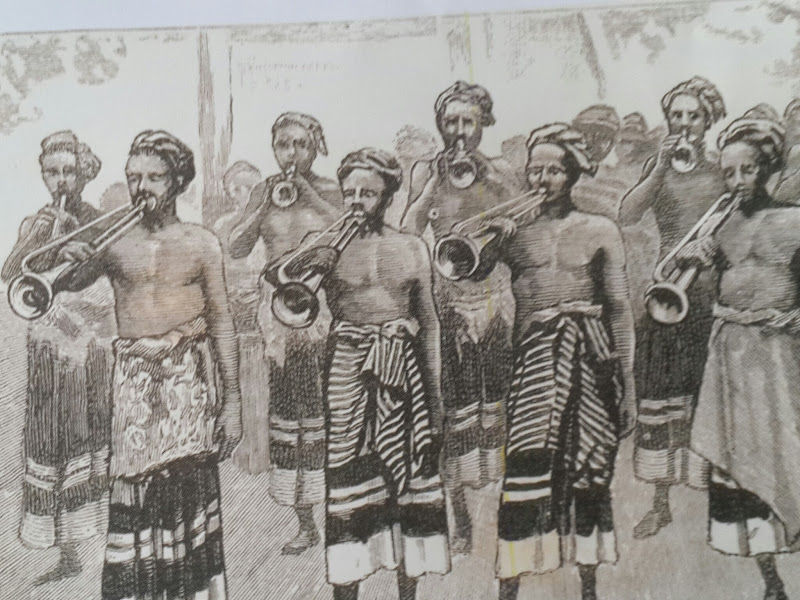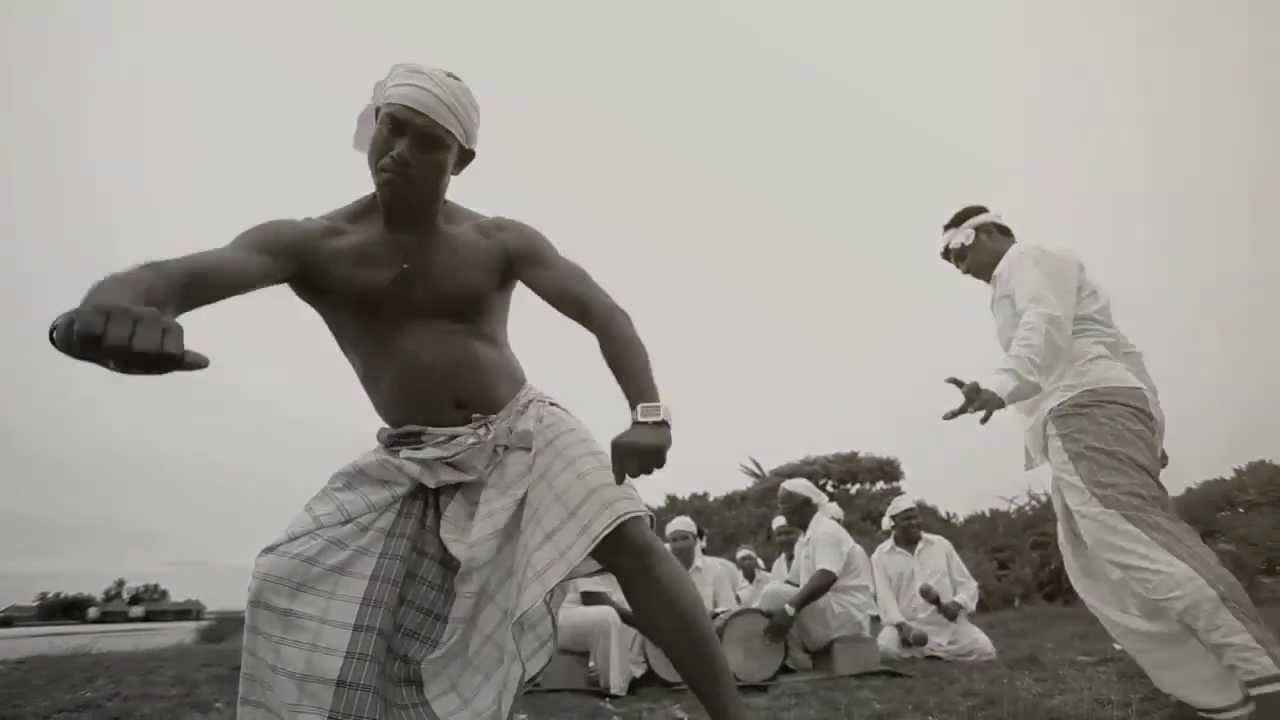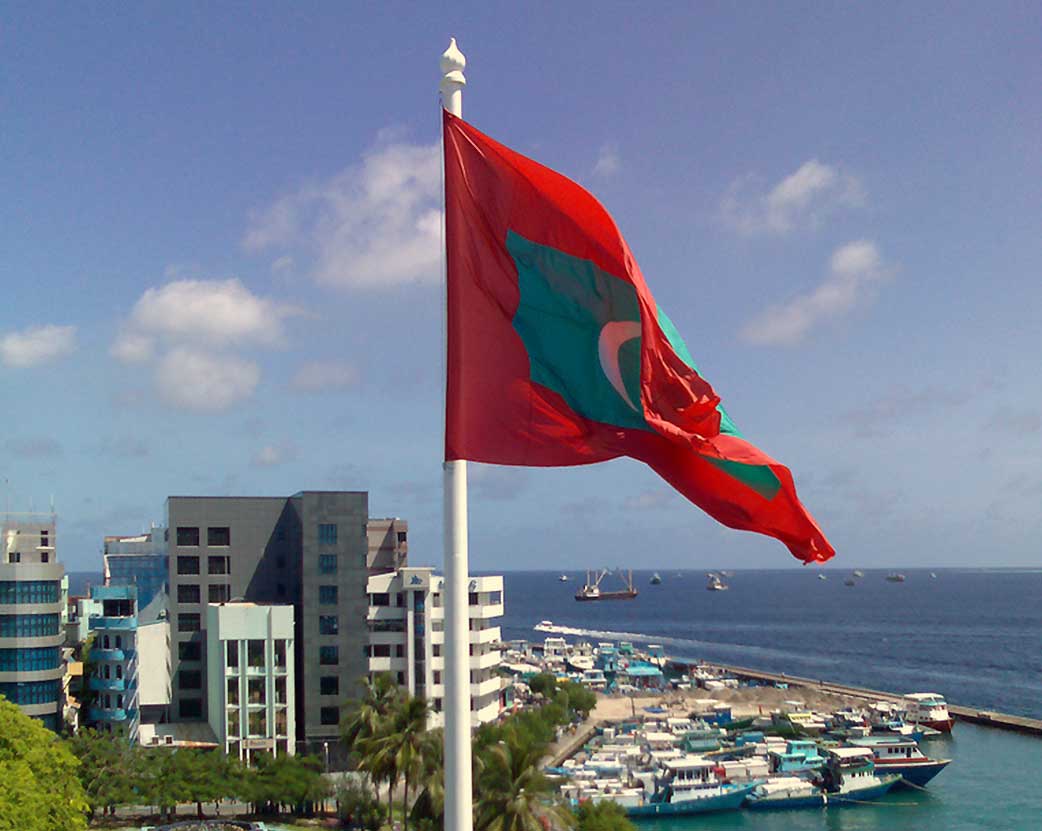
The Maldives lies in two rows of atolls in the Indian Ocean, just across the equator. The country is made up of 1,190 coral islands formed around 26 natural ring-like atolls, spread over 90,000 square kilometers. These atolls structures are formed upon a sharp ridge rising from the ocean, making way for their secluded uniqueness.
Each atoll in the Maldives is made of a coral reef encircling a lagoon, with deep channels dividing the reef ring. A string of islands take their places among this atoll ring; each island has its own reef encircling the island lagoon. The reefs of the islands, alive with countless types
The reefs of the islands, alive with countless types of underwater creatures and vibrant corals, protect the islands from wind and wave action of the surrounding vast oceans. This unique structure of reefs and channels makes navigation almost impossible for the passer-by without sufficient information about these waters.
Ninety-nine percent of the Maldives is made up of sea. The people of the islands are widely dispersed across the atolls, with about 200 inhabited islands. About 90 islands are developed as tourist resort and the rest are uninhabited or used for agriculture and other livelihood purposes.

For Maldivians, who love a good story, it is somehow fitting that the early history of the country is enshrined in myth and legend. There is the story of the Rannamaari, a tale about a sea monster than demands a virgin sacrifice every full moon, until a brave man from Morocco, Mr Abdul Barakaath-Ul Barbary decides to confront the monster and prohibit him from coming into the Maldives.
There is the story of Bodu Thakurufaanu, renowned for its length, who saved the Maldives from Portuguese Invaders. These stories, while very much anecdotal, are based on the real facts that form the history of the country.
Written accounts portray a Maldives whose people have traveled far and wide, adventurers whose geographical isolation had not limited the boundaries of their world. Maldives today remains very much like it had then – small, but not lacking; isolated, but not invisible.
The Roman manual of Navigation, the Periplus Maris Erythraei mentions islands that are assumed to be the Maldives.


Maldives converts to Islam
Boduberu evolved among the common citizens as an alternative to court music. In the early days, the people gathered together to perform Boduberu, and it became widely accepted as the music of the common people. The performing of the music is often referred as "vibrating the island".
A traditional bodu beru group in action

The Maldives was liberated by the folk hero Mohamed Thakurufaanu from the Portuguese in 1573. Following a Protectorate agreement with the British, the first Constitution if the Republic of Maldives was at last enacted in 1932.
The country was finally declared independent in 1965 and started a revolution with the ending of the sultanate and the establishment of a democracy in the following years.

The mixing of South and Southeast Asian, African, and Arabian are very much seen in Maldivian arts. The music played with the local bodu-beru (big-drum) resemble that of African drumming. The dhoni (a unique Maldivian sailboat) is an art form itself built with skilled craftsmanship, with significant similarities to the Arabian dows. The fine artistry of Maldivians, seen in the intricate details on wooden beams in antique mosques, represents what we have gained from Southeast Asian architecture. Then there is the undefined: the distinct geometric designs used in mats woven from local materials, the embroidered neckline of women’s traditional dresses and their ornaments too, expose another story brought in from an unknown culture that has seeped in to Maldivian society.
The Maldives is home to a host of exotic species unique to the indian ocean.